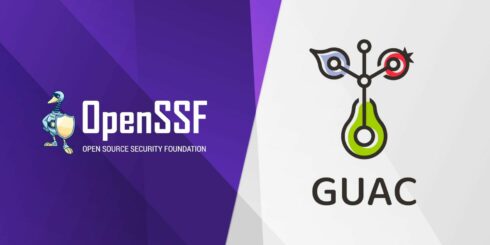
The Graph for Understanding Artifact Composition (GUAC) is a project dedicated to enhancing the security of software supply chains that has recently become an incubating project under the Open Source Security Foundation (OpenSSF).
This collaborative effort, initiated by Kusari, Google, and Purdue University, is designed to manage dependencies and offer actionable insights into the security of software supply chains. It has support from entities in the financial services and technology sectors, such as Yahoo!, Microsoft, Red Hat, Guidewire, and ClearAlpha Technologies.
GUAC addresses the growing concerns over software security and the integrity of software supply chains, exacerbated by the increasing frequency of software attacks and the widespread adoption of open-source tools. By serving as a reliable source of truth, GUAC aims to bridge the information gap between developers and security teams, facilitating a mutual understanding of software vulnerabilities, compliance issues, and threat detection.
Since its beta launch in May of the previous year, GUAC has swiftly established itself as an essential tool for gaining comprehensive insights into software supply chains. The project has a community of 50 contributors, 300 members, and has garnered over 1,100 stars on GitHub.
GUAC’s technology enables a thorough analysis of software components, including first-party, third-party, and open-source software, by aggregating security metadata into a graph database.
This allows users to trace connections, ensure compliance, identify data gaps in their software supply chain, and bolster threat detection and response capabilities. The platform supports a wide range of data sources, including Software Bill of Materials (SBOMs) in SPDX and CycloneDX formats, SLSA and in-toto attestations, and metadata from various cloud services and external repositories.
By converting diverse software supply chain metadata into a structured and analyzable format, GUAC enhances visibility into software dependencies and the integrity of software components. Its flexible and extensible architecture accommodates data from local file systems, cloud storage services, and external package repositories, further enriched by additional metadata sources. This comprehensive approach positions GUAC as a useful tool in securing software supply chains against emerging threats, fostering a safer software ecosystem for developers and organizations alike.






